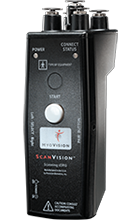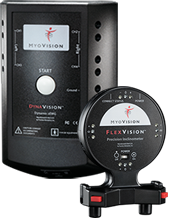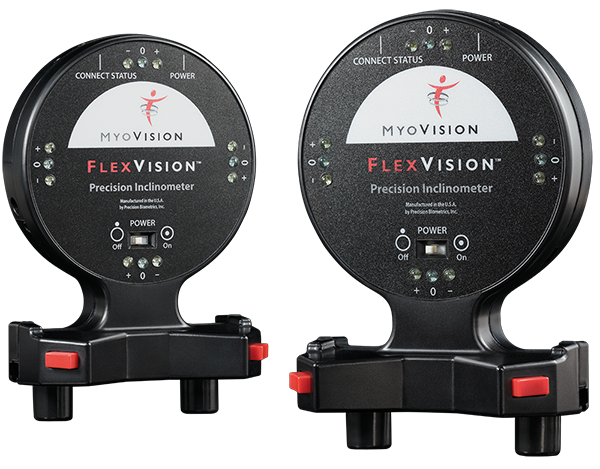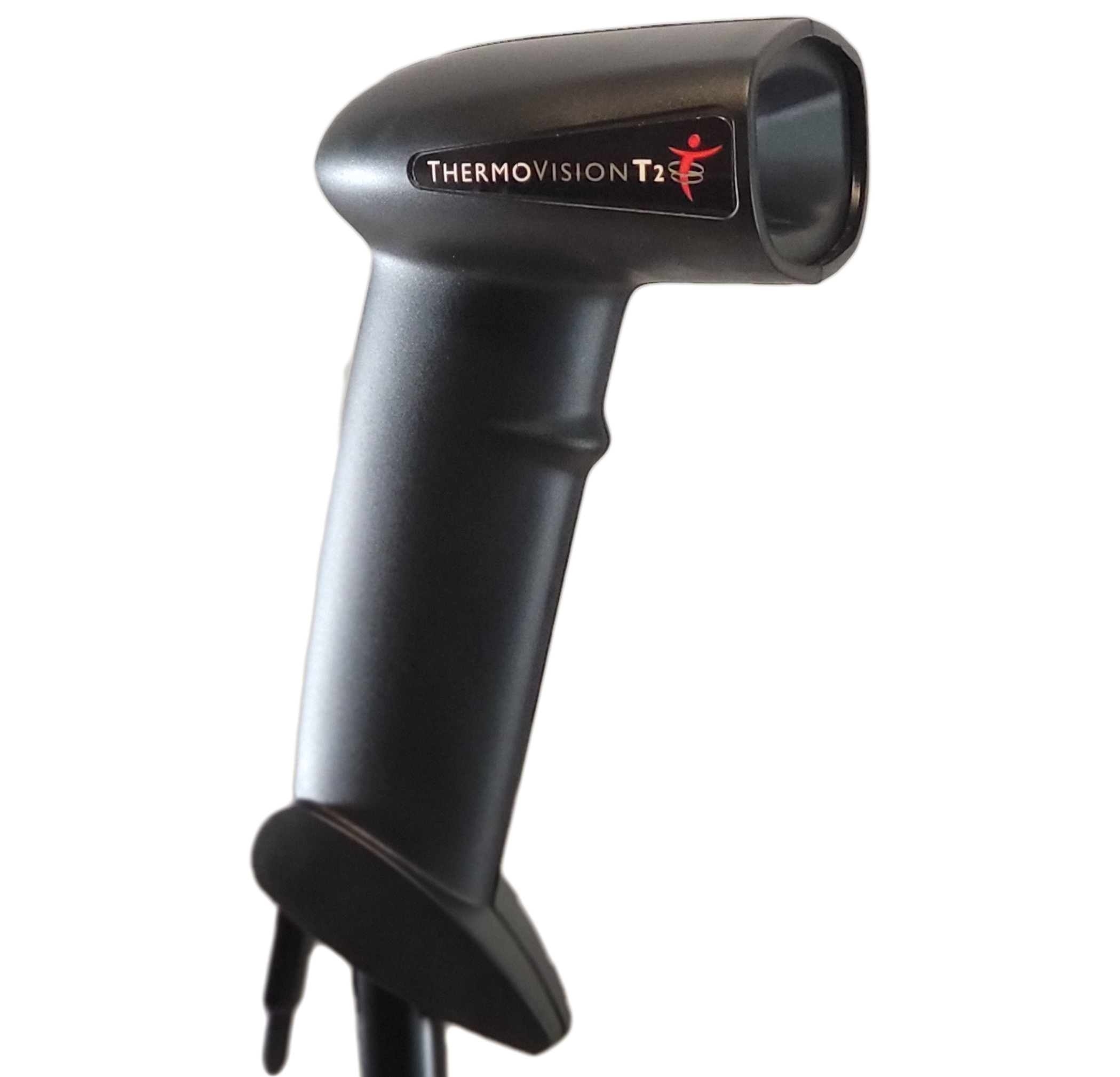Screening 101: Tips and Tricks
We all know screenings are a very effective way to gain new patients, and using the MyoVision software makes it that much easier. Here are some tips and tricks to get the most out of your screenings:
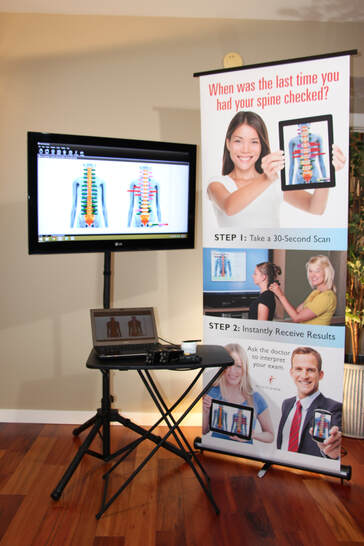 Keep it local. You don’t want to drive an hour away for a screening and your patients don’t want to drive an hour for an adjustment.
Keep it local. You don’t want to drive an hour away for a screening and your patients don’t want to drive an hour for an adjustment.- If you plan to do a screening outdoors, set up a tent to shade your display. Most computer screens are extremely difficult to see in direct sunlight.
- Whenever possible, have two people on hand at screenings: One to perform the test and the other to explain the results, answer questions and discuss chiro care.
- Having two people is also helpful for when it’s slow – you can test on each other, which tends to grab the people’s interest walking by and they’ll stop to watch.
- If you’re going somewhere like a health club or gym, and they allow advertising, set up a poster a week before to announce your screening.
- During your screening, display any signage as high as possible above anything that might block someone from seeing it.
- Bring a larger monitor to hook up to your laptop. Either a large 27″ in + computer monitor or 32″ TV. A larger screen is easier to see and draws more attention.
- Bring external speakers. The voice prompts in the software is a real draw
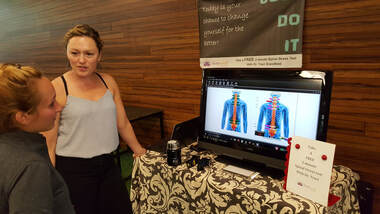 9. Use the QuickScreen feature at screenings. This performs a test of the cervical and lumbar spine. Simply roll up the patient’s shirt and use a hair clip to clip the shirt in place, leaving enough room to measure the lumbar spine. Use a second hair clip if necessary to clip long hair.
9. Use the QuickScreen feature at screenings. This performs a test of the cervical and lumbar spine. Simply roll up the patient’s shirt and use a hair clip to clip the shirt in place, leaving enough room to measure the lumbar spine. Use a second hair clip if necessary to clip long hair.
10. Always perform the test standing. Psychologically, people consider it a commitment when they are required to sit and feel trapped, as when a salesperson at a car dealership asks you to be seated when discussing the purchase of a vehicle. People feel much more comfortable when they can walk up, be tested, and walk away.
11. Given a choice, use the sEMG instead of the thermography for a screening. It’s much easier to understand. The layperson quickly locks into the concept of muscle tension and how it relates to their spines. Correlating temperature to a spine is a larger leap and likely will result in more explanation on your part. Additionally, the thermography is a temperature-reading instrument, the results of which may not be accurate in an uncontrolled environment.

